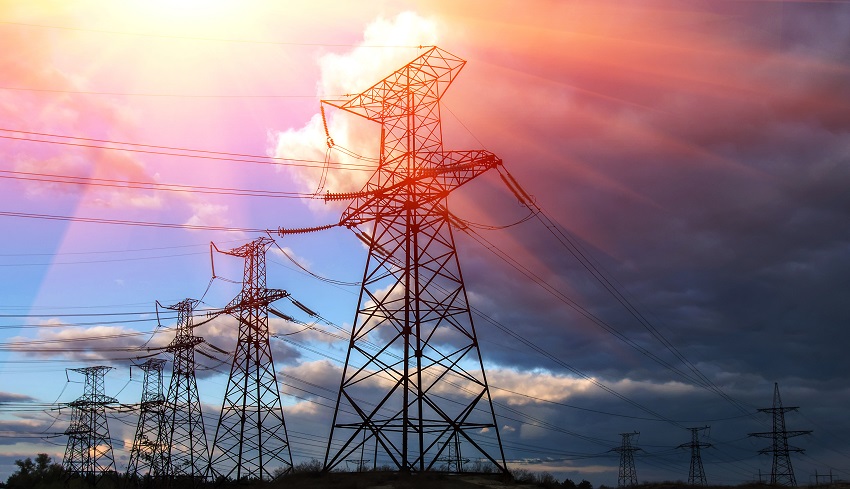
Transmission and distribution system operators play a vital role in the global energy transition, from enabling efficient renewables integration to ensuring the reliability and safety of power systems.
But grid operators are facing unprecedented challenges in the transition to a low carbon energy system. These challenges include the integration of increasing amounts of variable renewable energy (VRE), implementation of new digital technologies, and developing a grid structure with new operational functions.
DNV's six-part report series, Powering Tomorrow, examines how grid operators can keep pace with new developments in the future power system and address the impact of electrification on network operations. It also looks at the technologies that operators can adopt to manage increasingly complex networks and improve grid stability.
The Coping with Radical Change in Transmission and Distribution report outlines seven emerging trends that are poised to reshape the grid landscape:
- Variable renewables will challenge grid operators, but digitalisation can help enable reliable system operation. Efficient VRE integration will also require improved system services such as balancing, voltage regulation, fast frequency response, and congestion management.¬
- Interconnections and super grids will play a key role in managing supply and demand. Interconnector projects, such as the Northeast Asian supergrid, is needed to manage supply and demand, as VRE sources capture an increasing share of interconnected power markets.
- Smart technologies will lead to the automation of network operations. DNV expects to see sensors and data analytics mature and enable smart asset management, including the use of Internet of Things (IoT) sensors and other related grid operation tools.
- Decentralised system operations will drive the need for higher levels of regulation. While distribution networks were originally designed to distribute energy “top down” from transmission systems to consumers, the trend of "reversed" power flows is set to continue—as penetration of distributed generation from VRE, and the resulting regional imbalance between supply and demand increases.
- Storage will be integral to managing supply and demand. Grid energy storage has a dual role to play in supporting the electrification of transport and the need for static batteries to boost weaker grid infrastructures.
- New business models will emerge by 2050, as renewables start providing more than a quarter of our power needs. These business models will be centred around a more low-price generation market based on a majority of renewable generation. The trend of consumers transforming into prosumers will further increase direct energy transfers—shifting the power balance between providers and consumers as the two roles merge
- Microgrids will play an increased role. An example of future microgrid developments is the deployment of isolated but very small electricity grids for islands or remote villages with a low population density. As VREs are integrated into the grid, microgrids can also provide a reliable and resilient solution in times of main-grid instability or outages.
Get the full insights from DNV’s six-part series, Powering Tomorrow.
The next SIEW Energy Insights webinar on 27 July 2021, co-hosted by SIEW and Clarion Events, will put the spotlight on the impact of digitalisation on the future grid and how utilities can adapt to changing market dynamics. Don’t miss it—register for the webinar today.